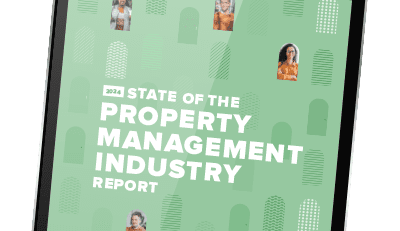So, we know that a landlord has to use or maintain property in a “reasonably safe condition.” But what is a reasonably safe condition? How do we know when a property is unsafe? As usual, California offers some factors to consider when deciding whether a property is unsafe and if the owner/occupier/lessor/controller should have known about it.
Your property might be unsafe if:
- “A condition on the property created an unreasonable risk of harm”
- The defendant “knew or, through the exercises of reasonable care, should have
 known about it; and”
known about it; and” - The defendant “failed to repair the condition, protect against harm from the condition, or give adequate warning of the condition.” (CACI 1003).
So the property or some condition on it must create an unreasonable risk of harm. Cut glass, holes in the floor, no handrails on the stairs, and no locking windows in a second story apartment with a toddler in it are some conditions that might create an unreasonable risk of harm. Lots of bean bags in the basement, maybe not. But maybe if there are too many and people cannot walk by?
So the condition must pose a risk of harm. And the defendant property owner/occupier/lessor/controller must know about it or should have found out about it. The second factor noted above gets tricky when we discuss the clause following “or”: “through the exercise of reasonable care, should have known about it.” So the point of this clause is to eliminate “lack of knowledge” as a defense. If the only requirement was knowledge, a defendant could simply say, “Well yes, it was quite dangerous to have a hole in the second floor, but I did not know about it because I was not occupying the property. Nobody told me.” The law wants to hold such people to some account by making them inspect periodically and regularly, but also in a way that is consistent with the type of property. If you have a high traffic property like a grocery store, you have to inspect it more frequently because of the high volume of guests there. If there is a low volume of guests, maybe you do not have to inspect it as much. It depends on the circumstances of the property.
The last and third factor noted above offers three possible ways to deal with the condition that creates an unreasonable risk of harm that the land owner knew or should have known about. He could repair the condition. Put in a new floor. Affix the second story windows shut or so that they do not open more than a baby/toddler could fit through. He could “protect against harm from the condition.” Put a fence around the open hole so that people will not walk right into it. Lock off the room that has irreparable windows. Finally, he could “warn against the condition.” If the condition is not reparable or the harm from it not protectable by practical means, the land owner or controller could “give an adequate warning of the condition.” So if he is a park owner and it is impractical to build a fence around a river, he can warn that it has swift currents (or do both if he can build the fence where he knows people will be).
This blog submission is only for purposes of disseminating information. It does not constitute legal advice. The statements in this blog submissions do not necessarily reflect the opinions of Robinson & Wood, Inc. or its clients. No attorney-client relationship is formed by virtue of reading this blog entry or submitting a comment thereto. If you need legal advice, please hire a licensed attorney in your state.
Read more on Uncategorized
